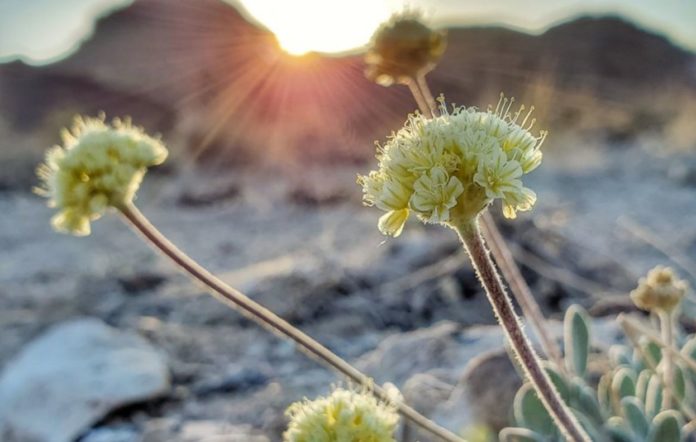The US Fish and Wildlife Service proposed protecting Tiehm’s buckwheat also known as Eriogonum tiehmii under the Endangered Species Act in response to a petition and litigation from the Center for Biological Diversity. The measure could make it difficult to extract lithium in the area.
Tiehm’s buckwheat flower, a small plant with yellow-orange petals, only grows on a few acres of public land in Esmeralda County, western Nevada. The area known as Rhyolite Ridge is also home to a huge deposit of lithium and boron.
- Scientists in Fear of This New Predator From Red Sea Eating Native Species in Mediterranean
- Does This Mean We Stopped Being Animal and Started Being Human Due to ‘Copy Paste’ Errors?
- The One Lifestyle Choice That Could Reduce Your Heart Disease Risk By More Than 22%
- Aging: This Is What Happens Inside Your Body Right After Exercise
- Immune-Boosting Drink that Mimics Fasting to Reduce Fat – Scientists ‘Were Surprised’ By New Findings
With an estimated 146.5 million metric tons of minerals in the deposit, it is the only known lithium-boron deposit in North America, and one of only two known in the world. Australian mining company Ioneer intends to build a mine on the deposit.
However, according to the Center for Biological Diversity, construction of the mine would destroy 60% of the remaining habitat of Tiehm’s buckwheat during its first phase, and eliminate up to 90% with subsequent construction phases. The species already had a difficult year in 2020, when 17,000 plants were mysteriously dug up, eradicating up to 40% of the population in one fell swoop.
The proposal to make Tiehm’s buckwheat an endangered species will not stop the mine itself. However, it could make it difficult to review the mine’s environmental impact, which was scheduled for January 2021 but has been delayed.
“Tiehm’s buckwheat shouldn’t be wiped off the face of the Earth by an open-pit mine. The Service stepping in to save this plant from extinction is the right call,” said Patrick Donnelly, director of the state’s Center for Biological Diversity of Nevada, in a press release.
On the other hand, the use of lithium in electric vehicle batteries increased its demand along with rare minerals on Earth that are also crucial for carbon-free energy.
“The Biden administration is at a crossroads, and the Tiehm’s buckwheat is a symbol of our times,” added Donnelly, detailing that he would have to choose between a new path by supporting remarkable biodiversity and an existing way, with mining development that continues to fuel the extinction crisis.
For its part, Ioneer said in a statement that it supported the decision to protect Tiehm’s buckwheat and that the company had carried out “significant work and investments” to minimize and mitigate any impact of its mining on the flower.
- Scientists in Fear of This New Predator From Red Sea Eating Native Species in Mediterranean
- Does This Mean We Stopped Being Animal and Started Being Human Due to ‘Copy Paste’ Errors?
- The One Lifestyle Choice That Could Reduce Your Heart Disease Risk By More Than 22%
- Aging: This Is What Happens Inside Your Body Right After Exercise
- Immune-Boosting Drink that Mimics Fasting to Reduce Fat – Scientists ‘Were Surprised’ By New Findings
“We remain confident that the science strongly supports the coexistence of our vital lithium operation and Tiehm’s buckwheat,” said CEO Bernard Rowe.
Image: Tiehm’s buckwheat (Eriogonum tiehmii). Photo credit: Patrick Donnelly, Center for Biological Diversity.
